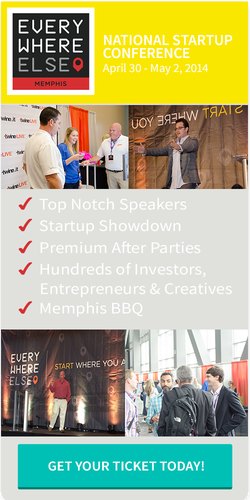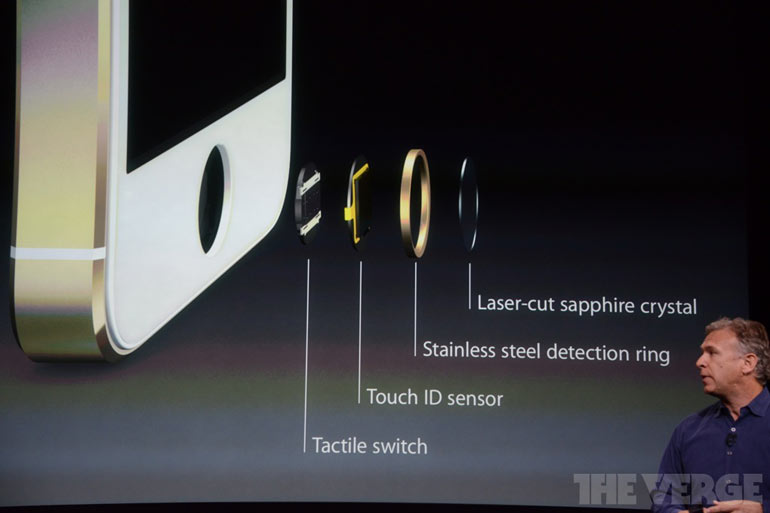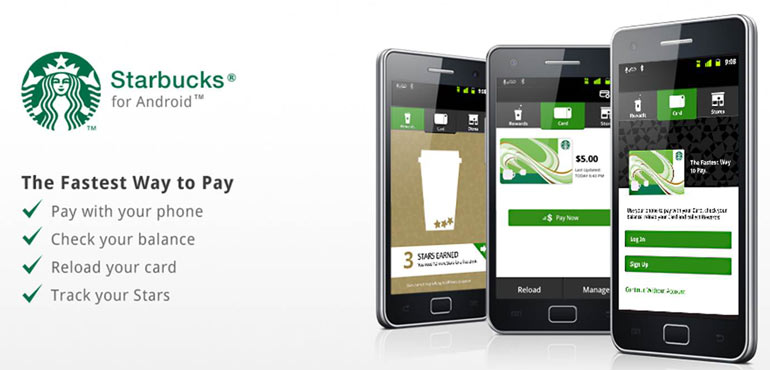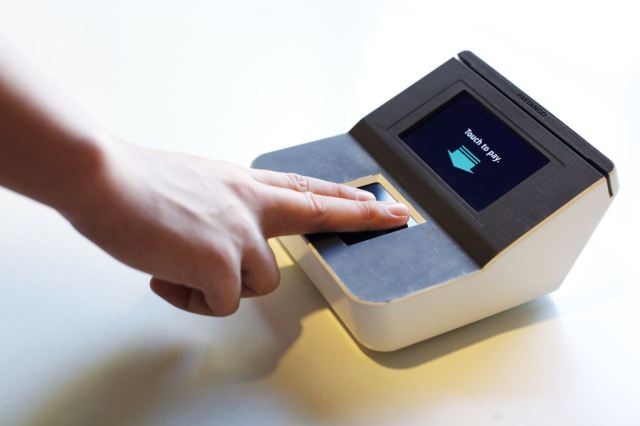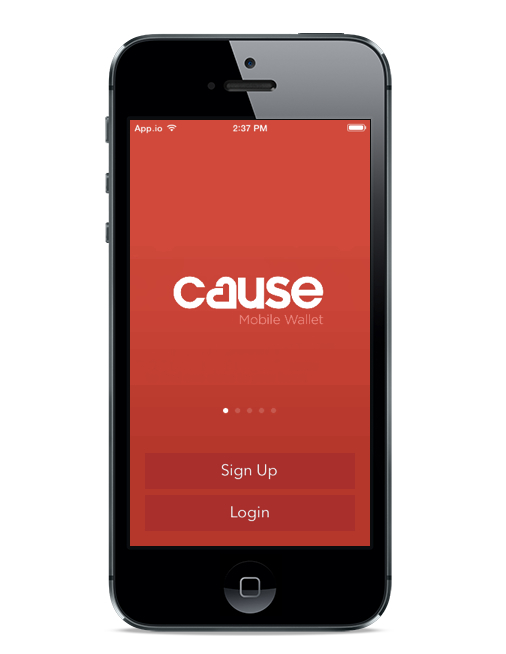
1. What is your startup called?
Our company is called Cause Mobile Wallet. We are a morally-conscious payment processing platform that re-directs existing dollars to the charity of your choice with each transaction. The donation comes out of the merchant service fee (which companies are already paying) and gets redirected the charity of choice. We have a developed a free, downloadable app that allows consumers to purchase goods and services with their smart phones at participating Cause merchants. A percentage of each transaction will go to the charity or school that the consumer has chosen from our list of pre-vetted organizations. Again, the donations come from the merchant service fees, so it is absolutely free to the consumer, and merchants pay no more than what they are currently paying in transaction fees.
Our mission (or big idea) is to create sustainable funding for the charities and schools that need it most. Charities and schools are under-funded. All too often, we see charities asking for donations, children selling products to raise money for their school, and events being thrown to ask for even more money. We’ve developed the solution that redirects existing dollars into the hands of those who need it most. By participating in Cause, charities and schools can have something they’ve never had before, a sustainable flow of income. This will provide the opportunity to focus on what is most important such as, finding a cure, saving a life, educating our children, and making the world a better place. With over $6 trillion transactions processed annually, even a small fraction will make a huge impact. Just imagine…
3. Who are the founders?
The company was officially founded in January 2013 by two neighbors, Brad Barton and Brian Kelly, but the idea has been cultivating for a few years. Barton is the former Vice President of Bartco Lighting. Kelly owned a construction company, and before that he worked in software development and web design in San Francisco.
4. What’s the story behind the idea?
Both founders had separate experiences that seeded this big idea. Brian spent five months in 1984 living in a remote village in the north of the Ivory Coast in Africa as his father, a surgeon, worked in a small hospital on a medical mission. Brian was struck not only by the severe poverty of the people but how little money it actually took to provide healthcare and basic nutrition for people in the area.
Similarly, while Brad was participating in a study abroad program, Semester at Sea, he visited Ho Chi Minh City, Vietnam (formerly known as Saigon) and came across a group of doctors working for a charity called “Smile Train.” He was stunned when they told him that it only costs $15 to positively change a child’s life forever – which drove home the same lesson that Brian had learned.
Flash forward to recent years. Brad and Brian, now neighbors, both realized how much money was running through the “corporate system” and how little of that money ever helps those in need. It’s a constant battle for non-profits to raise the necessary funding needed to achieve their goals and positively impact the world. In addition, consumers become fatigued by constant donation requests. Along with their usual living expenses, people are also expected to give money to childrens’ fundraisers (buy cookies, wrapping paper, magazines, etc.), donate to charity, and attend events to raise money. It’s a seemingly, never-ending cycle.
This is where the idea for Cause came about. It’s a way to give back without paying any additional money, merely redirecting existing dollars.
5. Where are you located?
We just opened our corporate office in Newport Beach, CA. Newport is considered the “hub of charitable giving” in Orange County, and therefore the perfect area for Cause to take root and flourish.
6. What’s the startup scene like there?
There are not very many tech startups in Orange County, but there are definitely a lot of charities. In addition to being Orange County locals, the large amount of charitable giving is why we’ve chosen to set up our headquarters here, rather than being lost in the clutter of LA.
7. What milestones have you reached?
To date, we’ve set up our main office, signed a strategic partnership with Merchant e-Solutions to provide merchant processing, developed the app, and recently, our app was approved by Apple to be available in the App Store.
8. What are your next milestones?
Our next milestones are the release of the Android version of the app, which should be by the end of the month, and to build a strong network of Cause merchants and customers who care about funding their favorite charities.
9. Where can we find out more?
You can visit our website, http://www.causemobilewallet.


